Pixel arrays, matrix headlights, OLED taillights: new lighting tech is bedazzling EVs
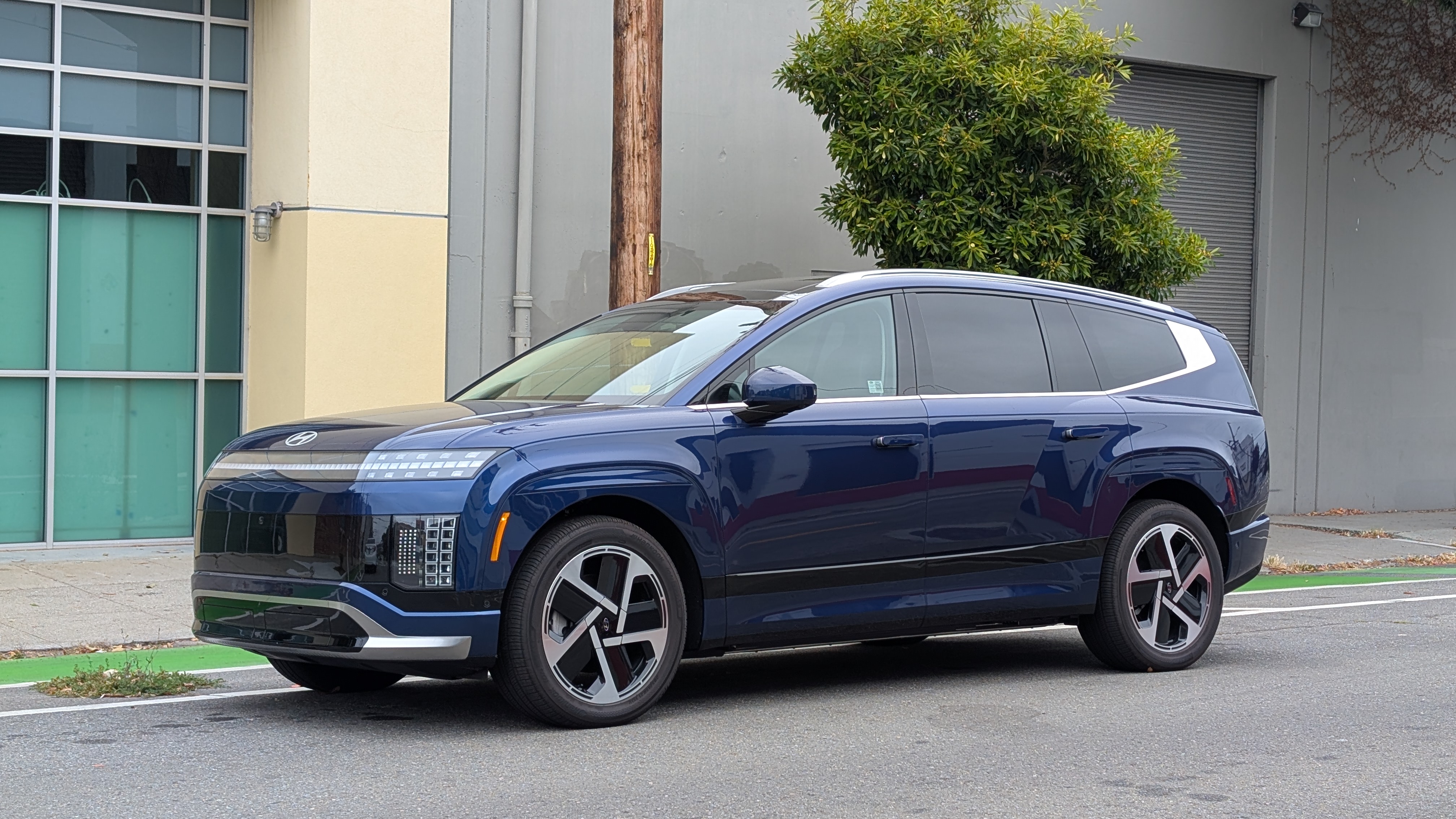
Automotive lighting tech. It’s not something most people think about, but just like touchscreens, infotainment systems, cameras, and ADAS (Advanced Driver Assistance Systems), lighting tech has evolved by leaps and bounds over the last few years, and has become an integral part of the modern vehicle experience – especially in EVs, where power efficiency is critical to getting the most range out of the battery pack.
From exterior dot-matrix displays and pixel grilles, to matrix headlights, to OLED taillights, to customizable ambient lighting, the latest lighting tech is increasing safety while also enabling new ways for drivers to personalize their vehicles. Because, let’s face it, some of this new lighting tech is bedazzling EVs and combustion vehicles alike. So, what’s new in this domain? Why should you care? Let’s dive in and find out.
Pixel arrays
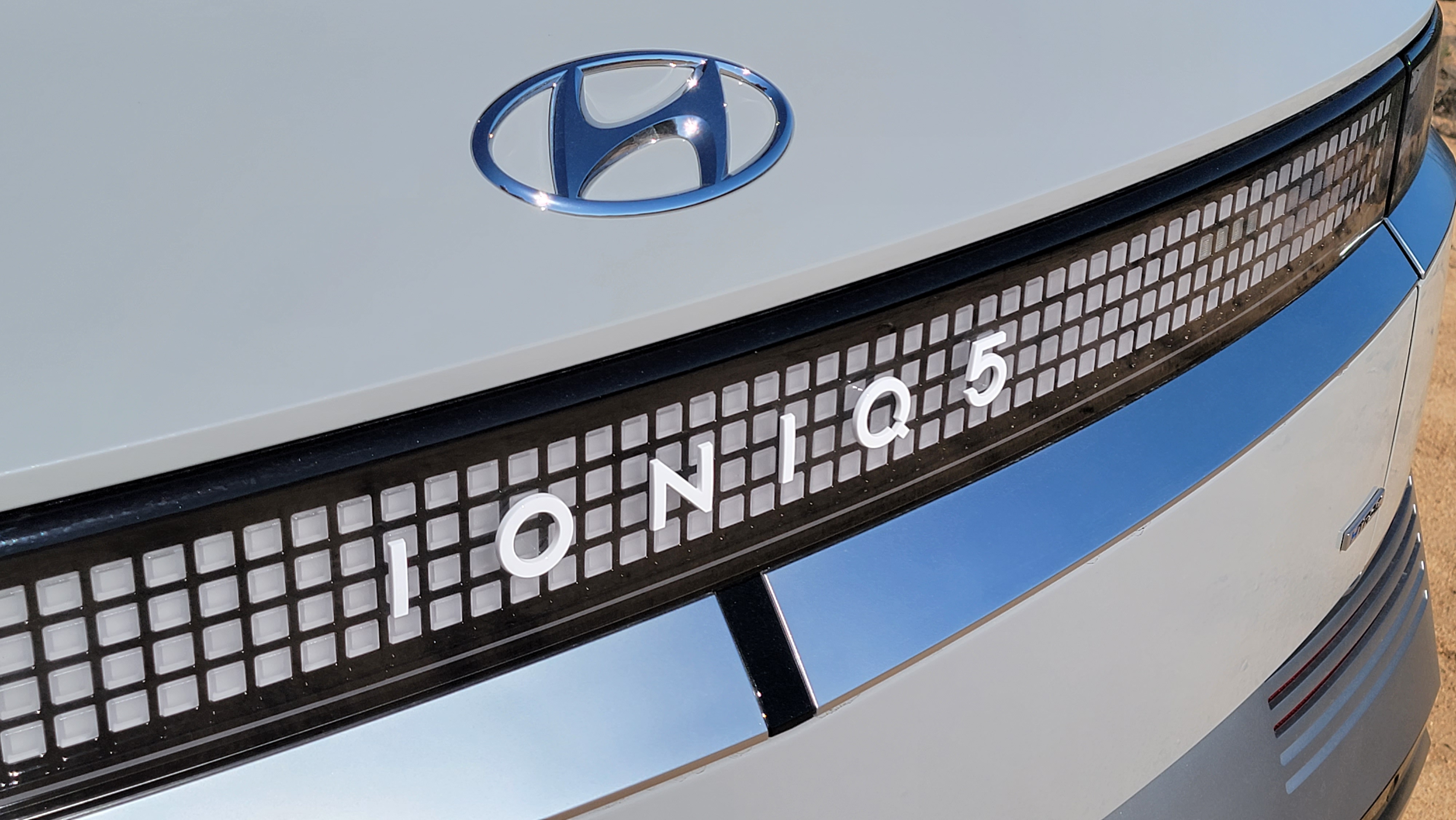
In case you haven’t noticed, retro-chic is fashionable these days, and pixelated design motifs are in right now. Just check out the headlights and taillights on Hyundai’s EVs – like the IONIQ 5 and IONIQ 9 I drove this year – or the Glyph Matrix on the back of Nothing’s Phone 3. Then there’s the grille on Mercedes’ new GLC EV, which features an optional array of 942 white “pixels” and basically doubles as a pixelated dot-matrix display.
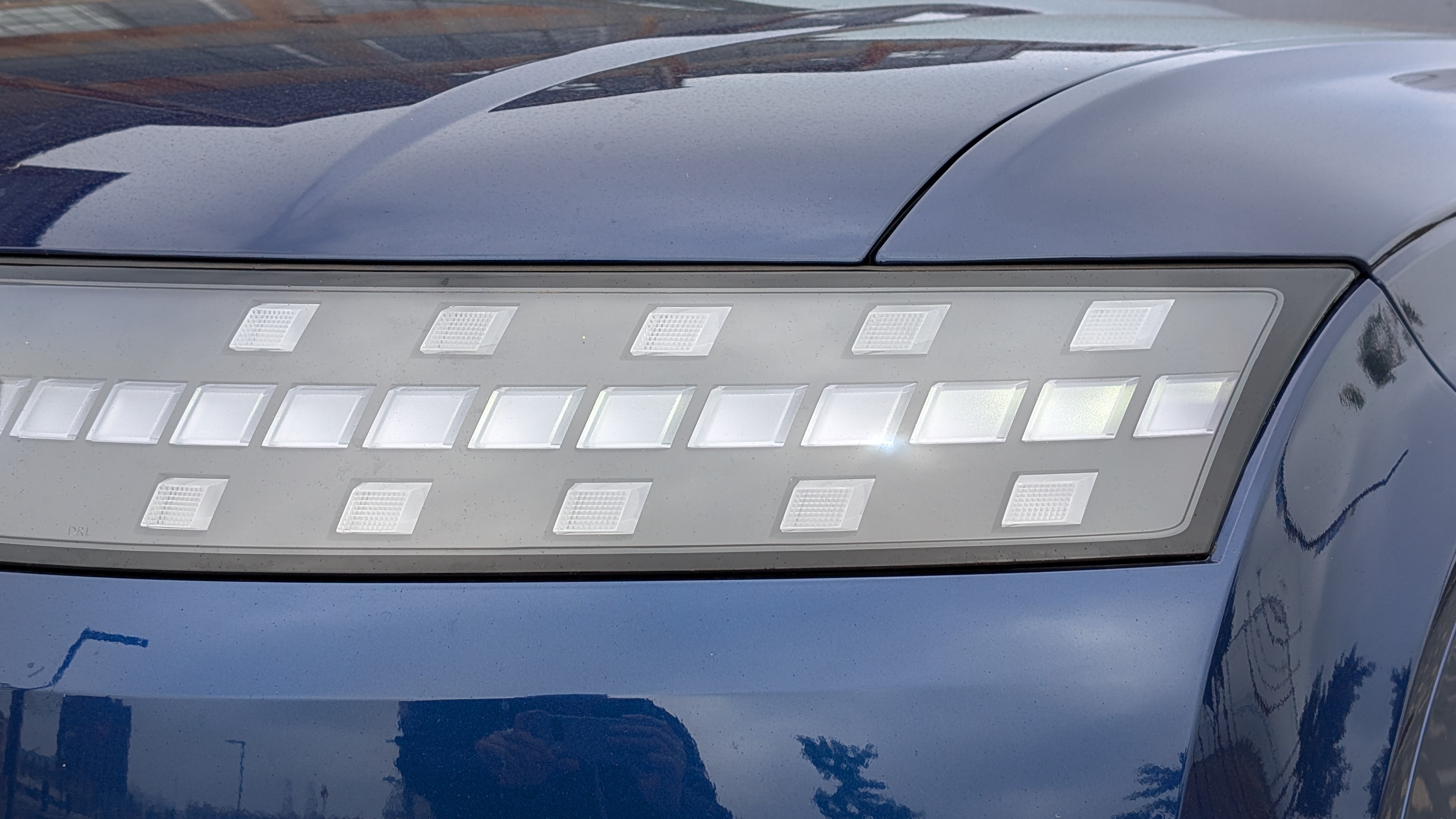
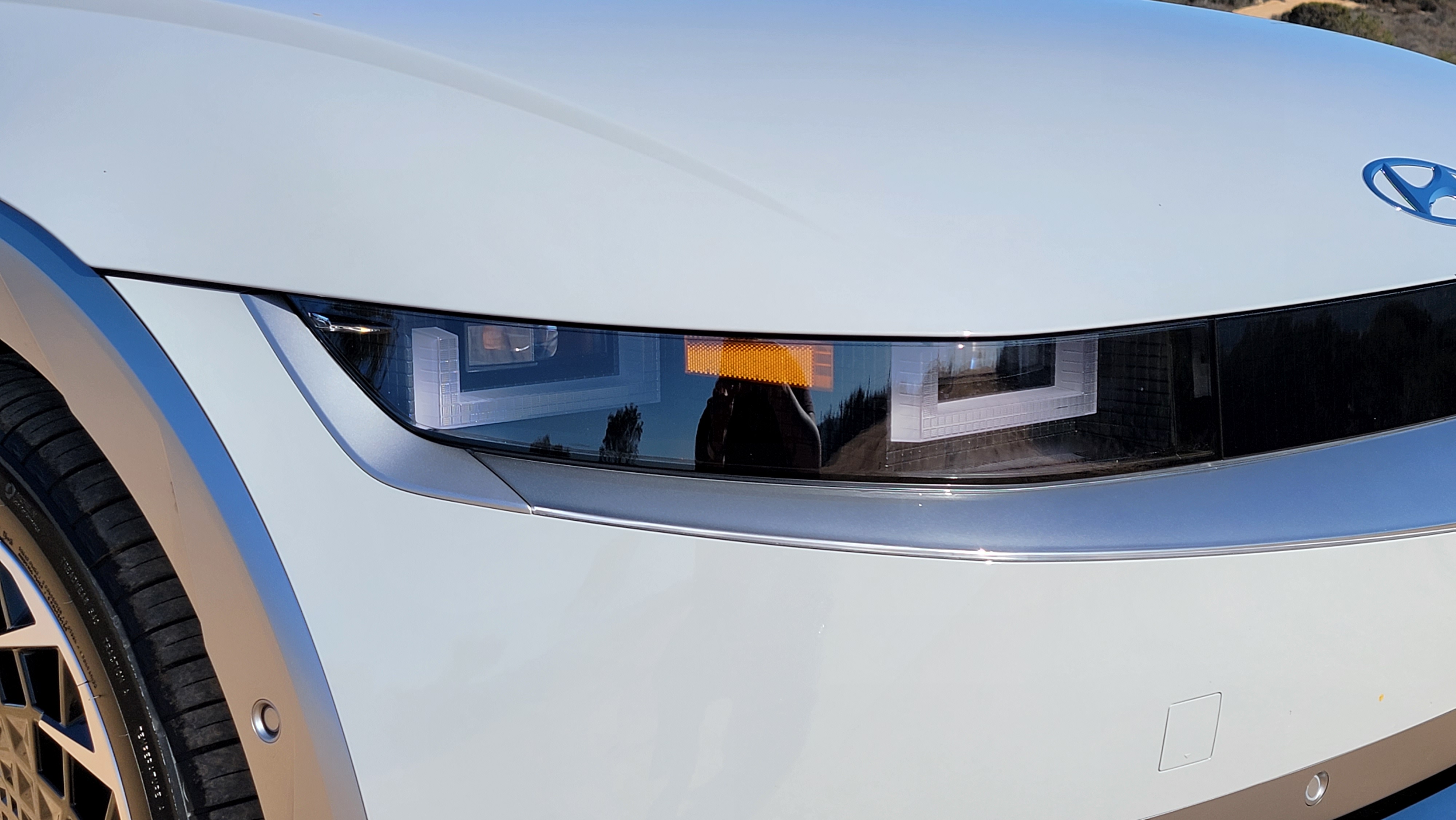
Unfortunately, Mercedes doesn’t let you customize the electric GLC’s pixel grille just yet. For now, it just displays welcome and goodbye animations when unlocking and locking the car. But we’ve also seen pixelated dot-matrix displays on the exterior of Chinese EVs – like in the strip between the headlights on the Zeekr Mix, at the base of the windshield on the Avatr 12, and in the four corners and on the rear doors of the HiPhi Z.
What’s the point of these exterior pixel arrays, you ask? Personalization is the most obvious use case. Drivers can display scrolling text, emojis, and even animated GIFs. Another more practical application for these dot-matrix pixelated displays is vehicle status (like charging progress) and communication with pedestrians or other road users through visual prompts that enhance trust and safety during low-speed maneuvers.
Matrix headlights
In the beginning, vehicles used fueled lamps for headlights. At the turn of the 20th century, the automotive industry switched to electricity and incandescent bulbs. Those were replaced with brighter halogen headlights in the 1960s, followed by even brighter and whiter HID (High-Intensity Discharge) xenon bulbs in the 1990s. Projector beams started replacing reflective housing and sealed headlights around the same time.
In the late 2000s, LED headlights, which are significantly more efficient and durable, started appearing on vehicles, alongside self-leveling and directional beams. This was followed by matrix and laser headlights in the 2010’s. Matrix headlights consist of an array of LEDs. A camera detects vehicles ahead and a computer selectively dims individual LEDs to avoid blinding those vehicles while keeping the rest of the road brightly lit.
Sign up for breaking news, reviews, opinion, top tech deals, and more.
A camera detects vehicles ahead and a computer selectively dims individual LEDs to avoid blinding those vehicles while keeping the rest of the road brightly lit.
Audi, BMW, and Mercedes were the first to implement matrix headlights, eventually adding welcome and goodbye animations when unlocking and locking the car. But Chinese manufacturers have taken this lighting tech to the next level by replacing the array of LEDs with the same DLP (Digital Light Processing) tech found in video projectors. These new matrix headlights can be used to project anything ahead of the vehicle.
For example, the Aito M9, a Chinese EV, packs 2.6-megapixel Huawei Xpixel DLP matrix headlights that can project a "light carpet" for navigation guidance, autonomous driving intentions, pedestrian warnings, and emergency signals while driving, or project a 100-inch "cinema screen" onto a flat surface for outdoor movie viewing while parked. Just find a wall, get some popcorn, and enjoy the instant drive-in theater experience.
OLED taillights
For many decades, taillights used incandescent bulbs. LEDs started appearing in taillights in the early 1990s and, being vastly more efficient and durable, became commonplace by the 2010s. Around the same time, Audi and BMW both introduced OLED taillights, which gave designers more freedom, allowed more packaging flexibility, and enabled more complex light patterns, from basic sequential turn signals to pixel arrays.
OLED taillights don’t use point light sources that require reflectors and diffusers behind them, as with LEDs or incandescent bulbs. The entire OLED surface emits uniform light instead, allowing for more advanced shapes, thinner packaging, and better electrical, thermal, and optical efficiency. This makes it easier to implement pixel arrays that go beyond traditional taillight functionality and display dynamic graphics like U-turn indicators.
Ambient lighting

While many manufacturers now offer customizable ambient lighting – even in more affordable vehicles – it all started with the Mercedes S-class and E-class in the early 2010’s. This year, I drove four electrified Mercedes SUVs – the EQB 300 EV, GLC 350e PHEV, EQS400 EV, and G580 electric G-Wagen – which clearly showcased the evolution of the company’s ambient lighting (and infotainment) tech over the past five years.

It’s interesting to see how the ambient lighting tech has evolved from multiple zones with 64 color choices each and basic animations (EQB and G-Wagen) to multiple zones with per-zone color gradients and animations (GLC and EQS). The new electric GLC goes one step further with a nine-segment PDLC (Polymer-Dispersed Liquid-Crystal) Sky Control panoramic glass roof that boasts an embedded layer of 162 illuminated stars.

Just like the other zones, this layer of illuminated stars features 64 color choices, matching the rest of the GLC EV’s ambient lighting. Rolls-Royce's Starlight Headliner takes this concept to the next level with a bespoke, handcrafted "night sky" effect using thousands of tiny fiber optic lights embedded in the headliner that can be customized to display unique shimmering constellations, colors, and even shooting star effects.
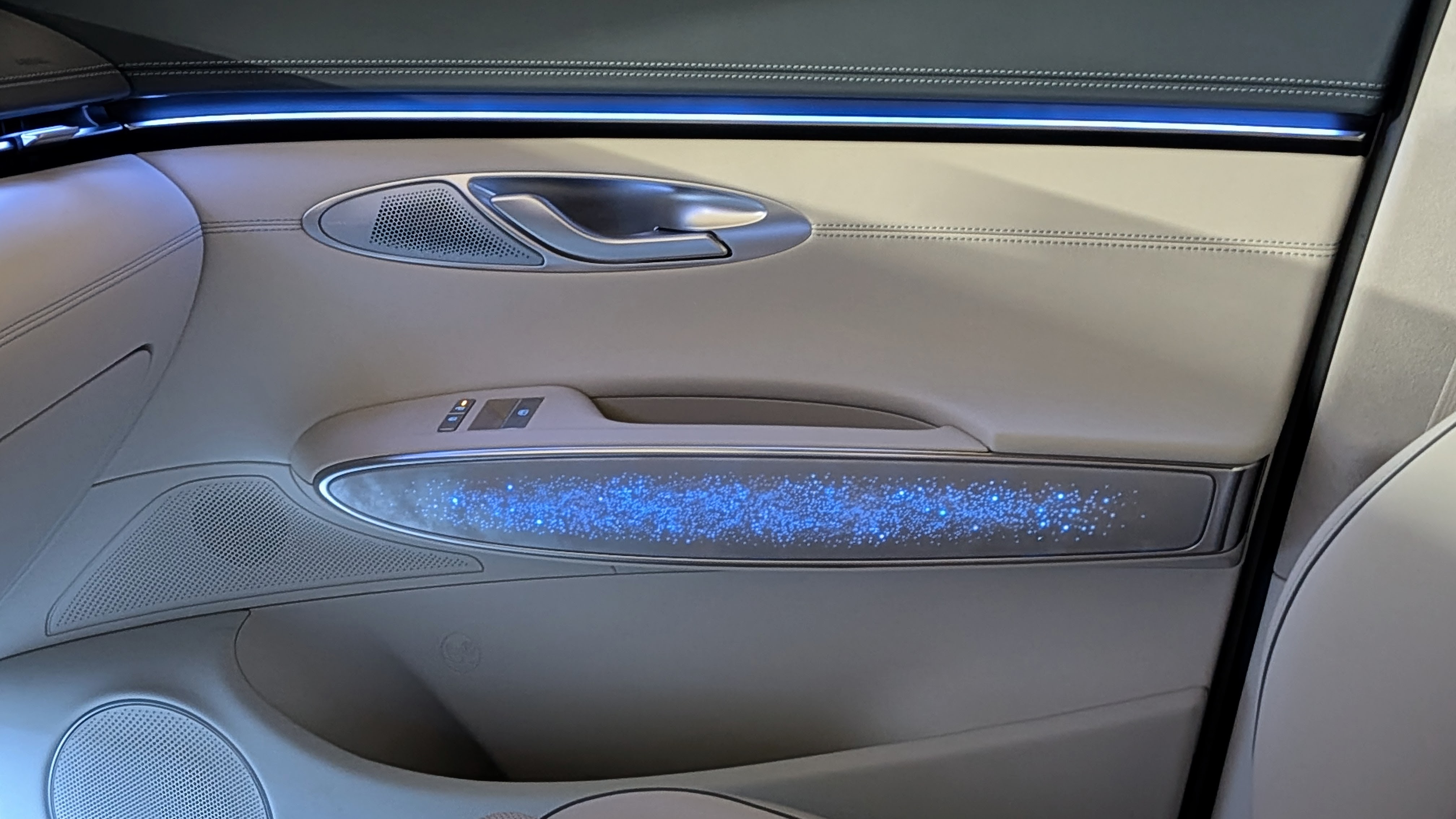
The Genesis GV70 EV features a backlit constellation in the door cards, which is colored to match the current drive mode, like the rest of the ambient lighting. Chinese EVs deliver even more customization through dynamic multi-color RGB ambient lighting that “breathes,” displays complex patterns, syncs to music, reacts to changes in climate and other settings, responds to voice commands, and displays navigation and ADAS cues.
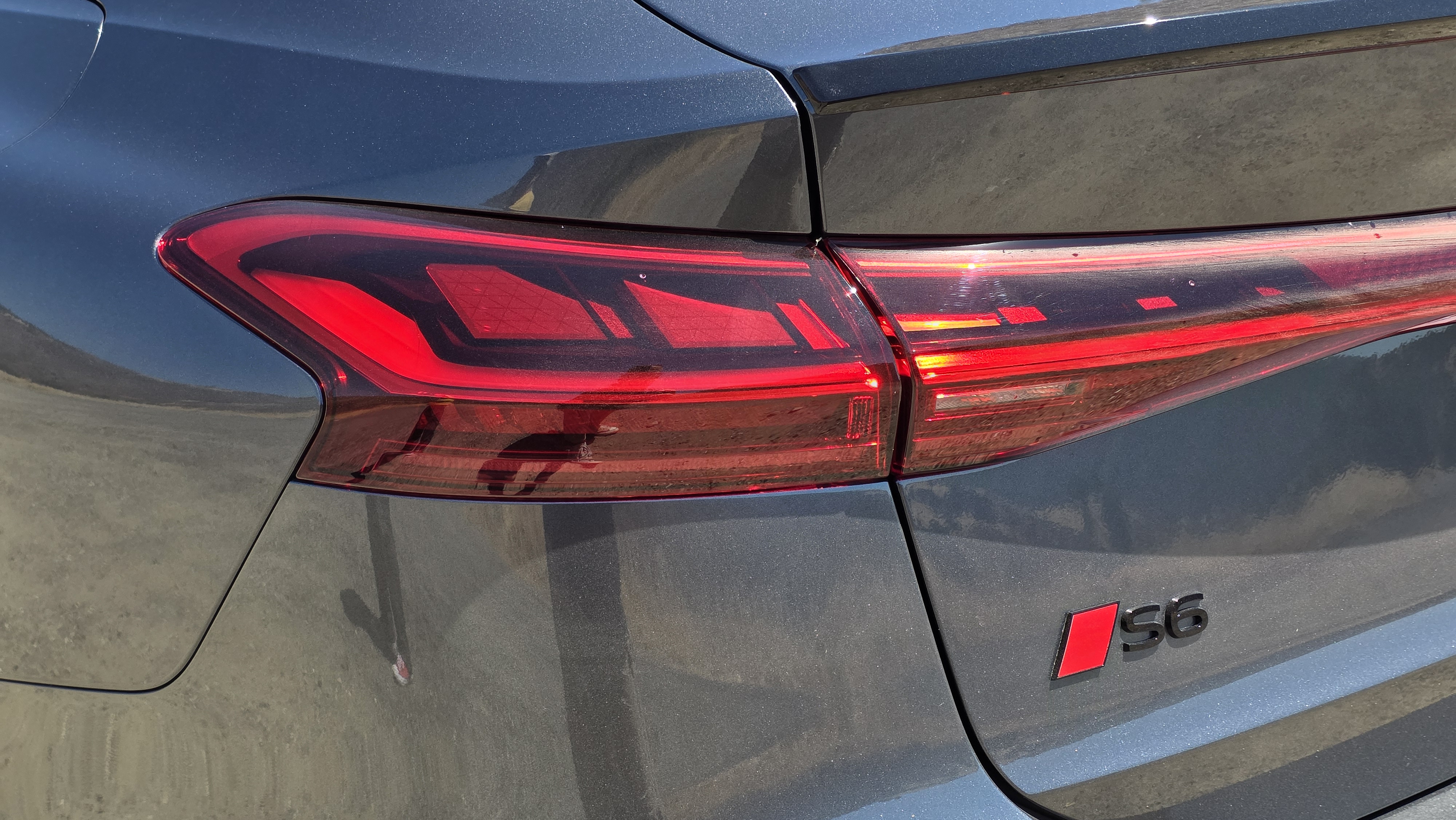
The future
As AVs (autonomous vehicles) become more commonplace, expect to see more pixelated dot-matrix displays and DLP (projection) tech installed on vehicles to communicate with other road users and to improve safety and trust. Micro LEDs, which are currently used in high-end TVs, are coming to matrix headlights, and OLEDs are slowly but surely migrating into ambient lighting. Crucially for EVs, both are more power efficient.
Mercedes is adding a turquoise light to the taillights of its Drive Pilot-equipped vehicles to provide a clear and unmistakable visual cue that the car is in autonomous (Level 3 ADAS) mode and that it’s (presumably) okay for the driver to be watching YouTube right now. Waymo AVs feature a PoV (Persistence of Vision) display on their roof-mounted spinning lidar sensor that shows the rider’s initials to help them identify their vehicle.
The XPeng Robotaxi showcases the industry's first sun visor-mounted outward-facing display, which provides "communication and expression" capabilities, giving the vehicle a personality and offering visual prompts for pedestrians when parking or driving at low speeds. And surely, ambient lighting will continue to festoon the interior of EVs and combustion vehicles alike. In other words, the future of automotive lighting tech looks bright.
Follow TechRadar on Google News and add us as a preferred source to get our expert news, reviews, and opinion in your feeds. Make sure to click the Follow button!
And of course you can also follow TechRadar on TikTok for news, reviews, unboxings in video form, and get regular updates from us on WhatsApp too.

Myriam Joire (tnkgrl) was born wearing combat boots and holding a keyboard. Moments later she picked up a soldering iron. On weekends, she rally-raced with her father. She's been stomping, typing, hacking, and driving ever since. After spending years being a code-monkey in the video game industry, she joined Engadget as Senior Mobile Editor and later Pebble as Chief Evangelist. Today she hosts the weekly Mobile Tech Podcast, makes videos on YouTube, writes about tech and cars for TechRadar and other major publications, and advises startups on product/media strategy. She's based in San Francisco.
You must confirm your public display name before commenting
Please logout and then login again, you will then be prompted to enter your display name.